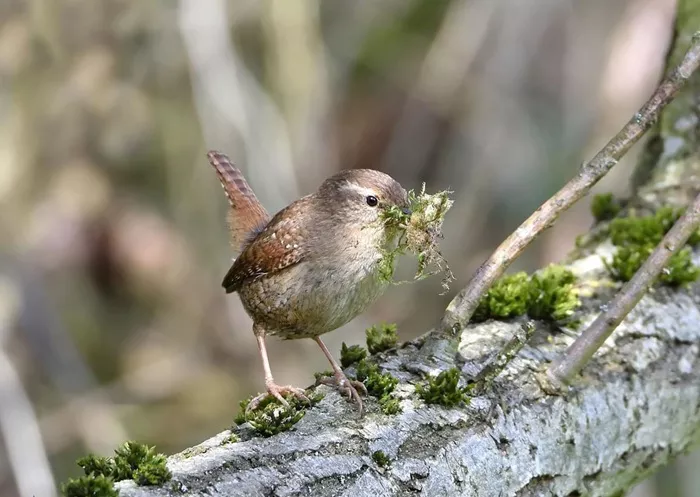Welcome to Poem of the Day – A Wren’s Nest by William Wordsworth
William Wordsworth, one of the greatest poets of the Romantic era, often found inspiration in nature. His poems are known for their simple language, deep meaning, and close observation of the natural world. One such poem is A Wren’s Nest. Though short, it captures the beauty of life, nature, and quiet reflection. In this article, we will explore the poem in detail, looking at its meaning, message, and poetic devices.
A Wren’s Nest Explanation
Stanza-by-Stanza Explanation
First Stanza
“Among the dwellings framed by birds / In field or forest with nice care, / Is none that with the little Wren’s / In snugness may compare.”
Wordsworth starts by praising the skill of birds in building homes. He focuses on the wren, a small bird, known for its careful nest-building. According to the poet, no other bird’s home can match the wren’s in coziness. The word “snugness” emphasizes how safe and warm the wren’s nest feels. This sets the tone of admiration and gentle observation.
Second Stanza
“No door the timid birdie leaves, / But you must stoop ere you discover / A nest like a moss-covered cell, / In the dark hollow of a tree.”
In this stanza, Wordsworth paints a vivid picture of the nest. It is hidden and protected, almost like a secret. One has to bend down to see it—this shows how close to the ground and private it is. The phrase “moss-covered cell” suggests a soft, quiet, and natural space. The nest is located inside a tree, showing how well the bird protects its home from harm.
Third Stanza
“So warm, so beautiful! It seems / A thing made by delight of earth / And joy of heaven; and the Wren / Has all the charm of Nature’s mirth.”
Here, the poet moves from description to praise. The nest is not just warm—it is beautiful. Wordsworth calls it a creation of both earth and heaven. This shows how natural and divine the wren’s home feels. He ends the poem by calling the bird a symbol of nature’s joy. “Nature’s mirth” means simple, happy pleasure found in the wild.
Themes in the Poem
1. Nature as Teacher and Artist
Wordsworth believed that nature could teach us important lessons. In this poem, the wren becomes an example of care, skill, and joy. Even though it is a small bird, it creates something lovely and meaningful. This shows that beauty and purpose can be found in the smallest parts of nature.
2. Simplicity and Hidden Beauty
The poem celebrates hidden beauty. The nest is not out in the open. It is small, simple, and quiet. But to Wordsworth, it is more beautiful than many things made by humans. This reflects the Romantic idea that beauty is often found in what is humble and natural.
3. Connection Between Earth and Heaven
The poet says the nest is made by the “delight of earth and joy of heaven.” This line shows how deeply he sees nature as a spiritual force. Nature, to him, connects the physical world and the divine.
Poetic Devices Used
1. Imagery
Wordsworth uses strong images, like “moss-covered cell” and “dark hollow of a tree,” to help the reader picture the nest. These images also create a sense of peace and safety.
2. Personification
The wren is described as if it has human emotions. Words like “timid” and “delight” give the bird and its nest a personal, emotional quality.
3. Rhyme and Rhythm
The poem follows a regular rhyme scheme. This gives it a musical and smooth flow. The rhythm adds to the sense of calm and order.
Why This Poem Still Matters
A Wren’s Nest reminds us to look closely at the world around us. It teaches us that even the smallest things can hold great beauty. In a fast-paced world, Wordsworth’s poem invites us to pause and notice the quiet wonders of nature. His message is timeless: there is value in simplicity, and joy can be found in the gentle details of life.
Conclusion
William Wordsworth’s A Wren’s Nest is more than a description of a bird’s home. It is a quiet meditation on nature, beauty, and peace. Using simple words and deep feelings, Wordsworth turns a small moment into a powerful reflection on life. The poem encourages us to appreciate the small, natural wonders that surround us every day. In doing so, we find a gentle joy that connects us to both earth and heaven.


